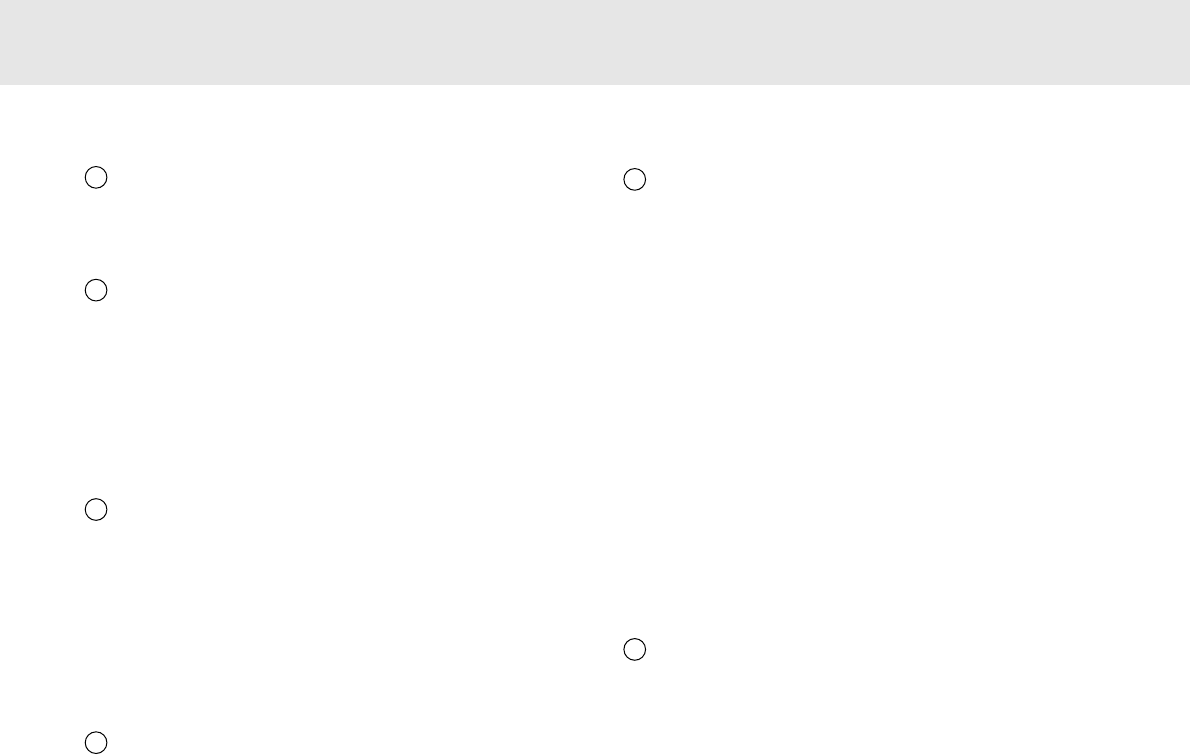
840A Class XD integrated amplifier
Azur Class XD integrated amplifier 7
RS232C
The RS232C port allows external serial control of the 840A for custom
install use. A full command set is available on the Cambridge Audio
website at
www.cambridge-aaudio.com
. This port can also be used by
Cambridge Audio service personnel for software updates.
A-BBUS™
Ready/Incognito
Ready™
multi-rroom
outputs
PSU
-
Connect an Incognito PS10 to supply power to the connected
multi-room keypads/speakers.
Keypad
1/2
-
Connect one or two Incognito A-BUS KP10 keypads (or
other A-BUS compatible keypads) using CAT5/5e cable. Incognito AS10
Active Ceiling Speakers can also be connected here.
IR
-
Four IR outputs for remote control of source equipment.
Please refer to the ‘Multi-Room’ section of this manual for more
information on connections and set-ups.
Input
1
Balanced
Audio
Input 1 features either unbalanced (phono/RCA) or balanced (XLR)
connections. Either type may be used but not both at the same time. The
balanced connection is the higher quality option and can reject noise
and interference in the cable when used with other equipment that
supports this function. An XLR connector is wired Pin 1 - Ground; Pin 2 -
Hot (in-phase); Pin 3 - Cold (phase-inverted).
When using either the balanced or unbalanced input, make sure that no
cables or equipment are connected to the unused input, as this may
degrade operation. The unused input does not require to be terminated
and this should not be done.
Preamp
Out
Connect these sockets to the inputs on an external power amplifier(s) or
active subwoofers etc.
Tape
In/Out
Connect to a tape deck or to the analog output sockets on a MiniDisc,
portable digital music player or CD recorder using an interconnect cable
from the recorder's Line Out sockets to the amplifier's Tape In sockets.
The Tape Input circuit of the 840A is a "monitor" type, different from the
other 7 inputs. For the 7 normal inputs, the source selected for listening
to will be sent out of the Tape Out for recording. The source currently
being listened to and (optionally) recorded is then shown on the front
panel display.
However, when the Tape Input is selected a solid circle will appear
beside TAPE MON indicating that the Tape Input is now being listened to
with a different source being sent out of the Tape Out for recording. The
recording source is also shown by a solid circle by the selected input and
can be changed by pressing the other source buttons. To switch Tape
Monitor off, simply press the Tape Mon input select button again,
toggling this function off.
This feature is most useful when using 3-head analog cassette decks
which allow the signal being recorded to be played back live off tape (via
a 3rd head) whilst it is simultaneously recorded. It is then possible by
toggling the Tape Monitor input on and off to compare directly in real
time the original and recorded signal so that adjustments to the
recording parameters of the tape machine can be made (consult the
manual of your 3-head analog cassette deck for full details).
Inputs
1-77
These inputs are suitable for any 'line level' source equipment such as
CD players, DAB or FM/AM tuners etc.
Note:
These inputs are for analog audio signals only. They should not be
connected to the digital output of a CD player or any other digital device.
6
7
8
9
10
11


















